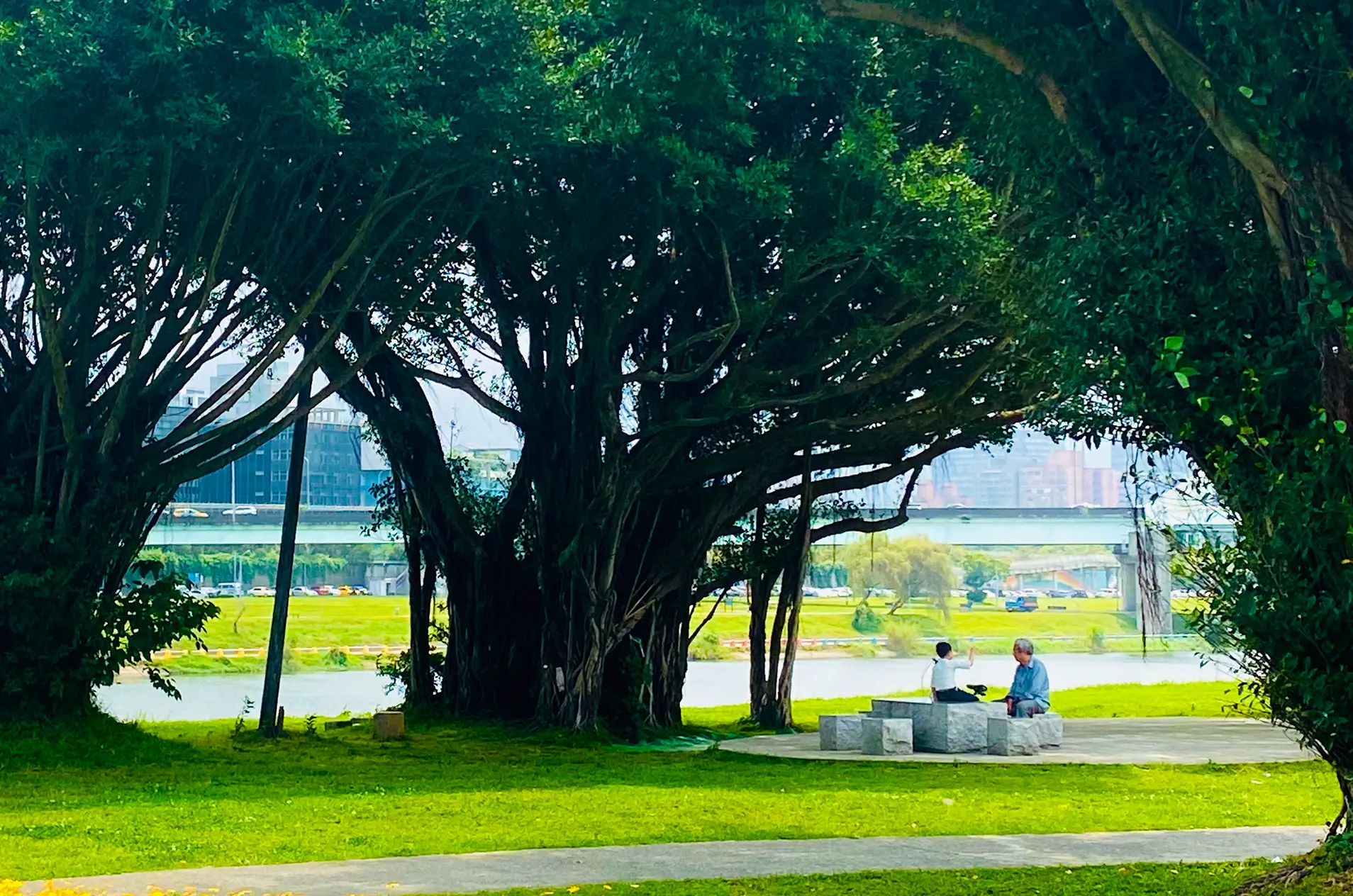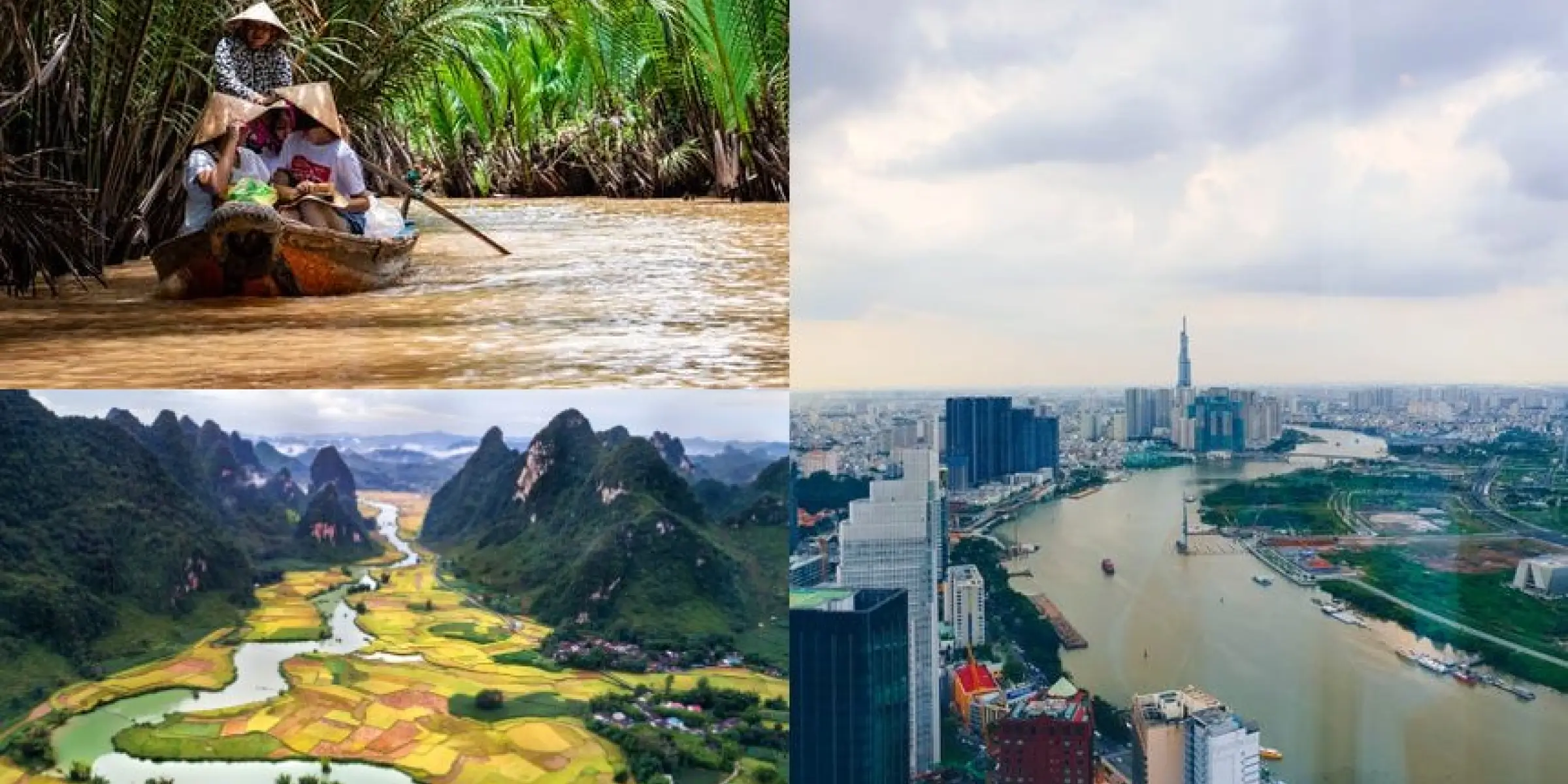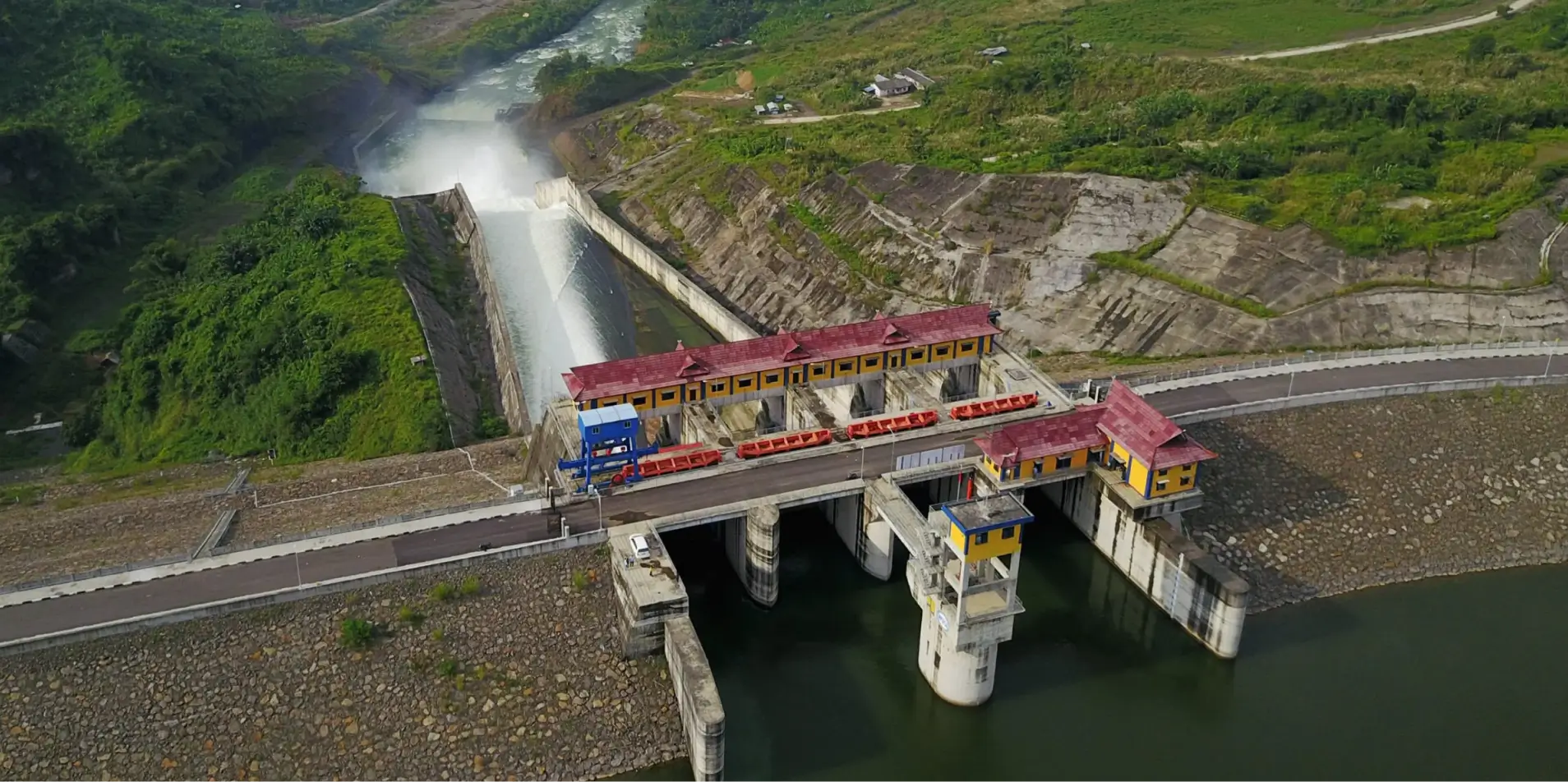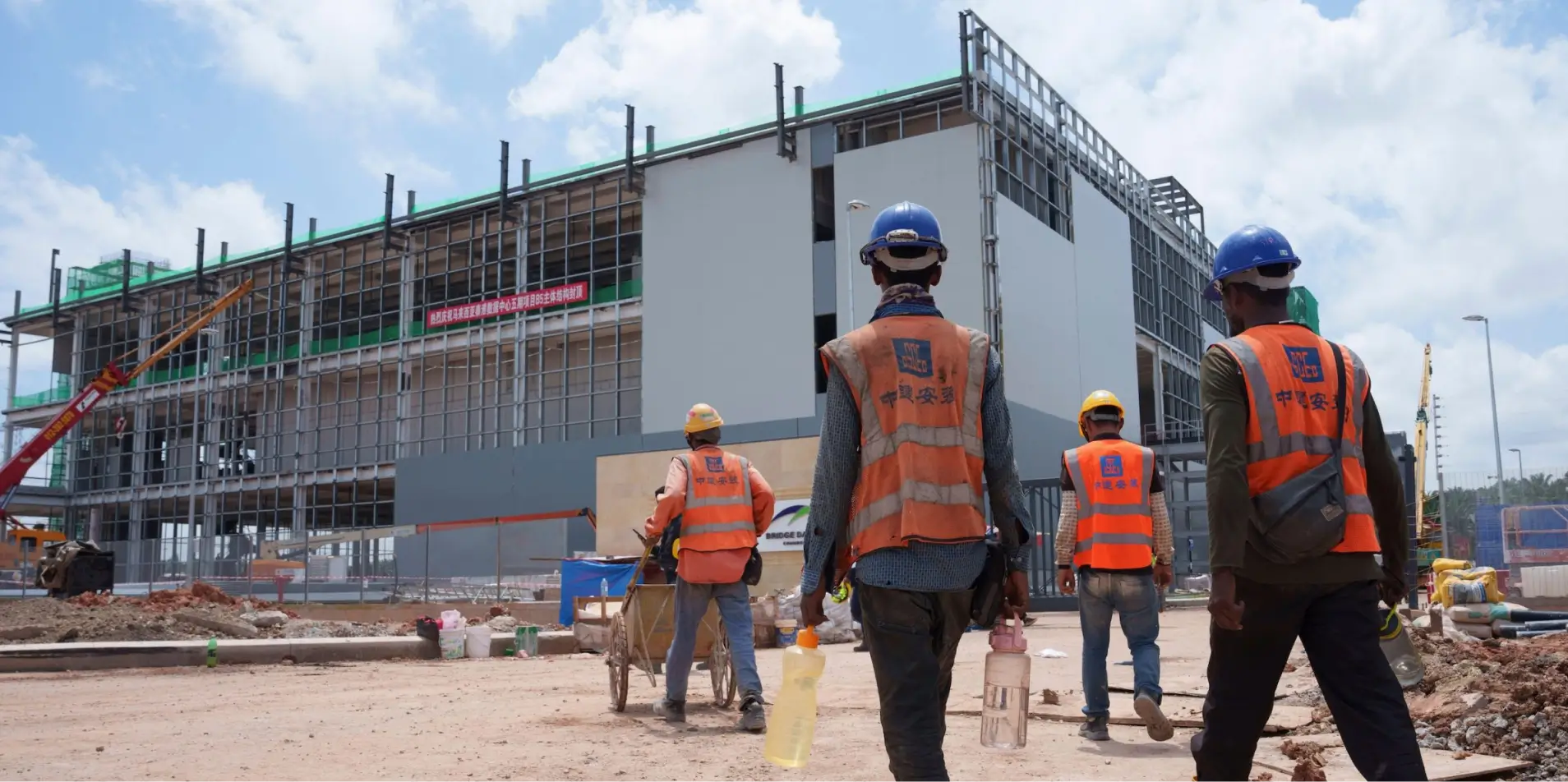While species vanish and ecosystems collapse across Southeast Asia, media coverage remains curiously silent. A recent study published in Nature, using data from the open-source platform Media Cloud, highlights a striking global imbalance: biodiversity loss receives far less media attention than climate change—and dramatically less than celebrity and pop culture.
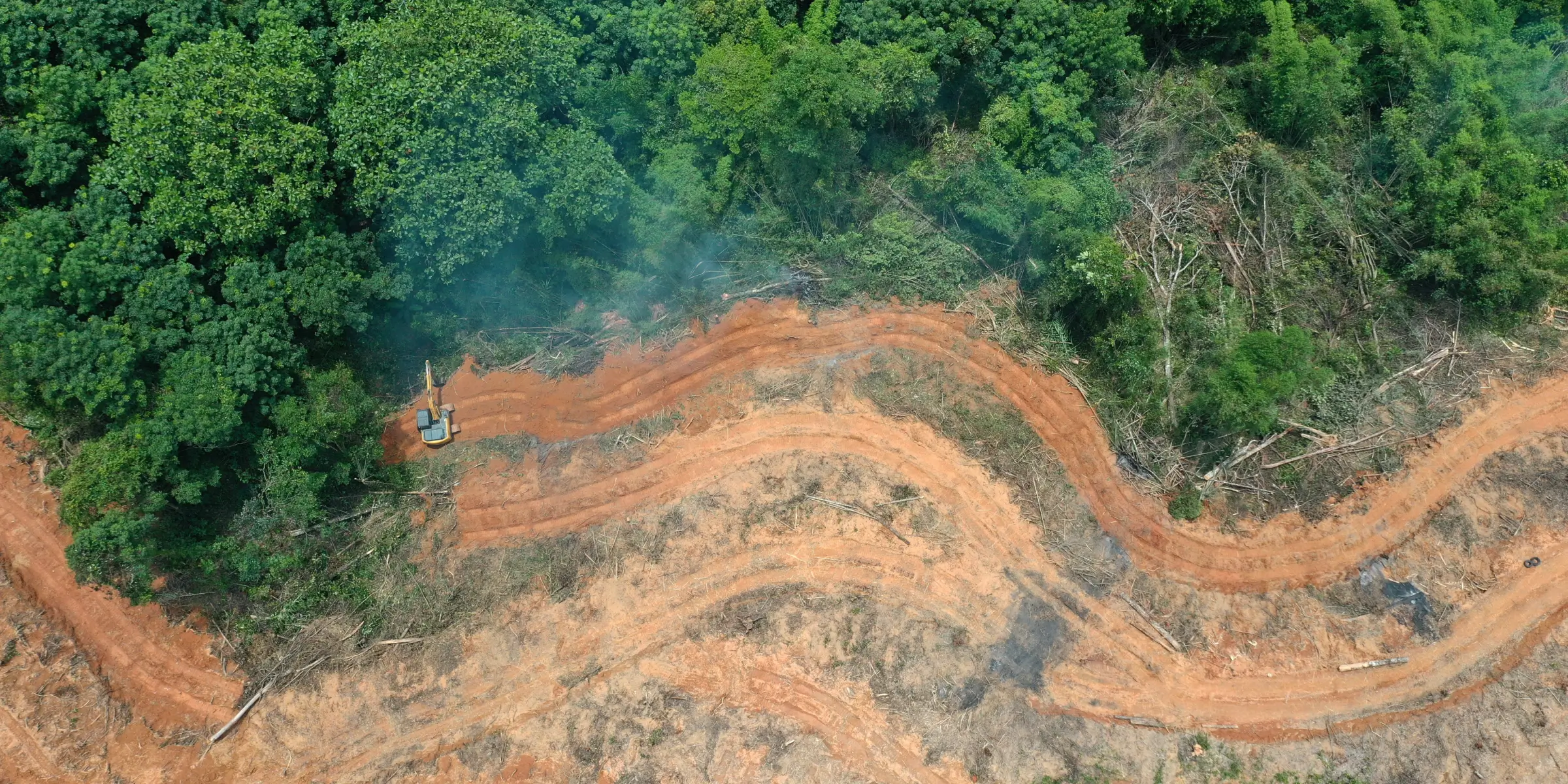
The finding is particularly urgent for Southeast Asia, where some of the world’s richest ecosystems—home to orangutans, dugongs, coral reefs, and ancient forests—are declining faster than the headlines would suggest.
The study analyzed more than 14 million media articles from 2017 to 2023, comparing how often biodiversity-related terms appeared versus those related to climate or popular culture.
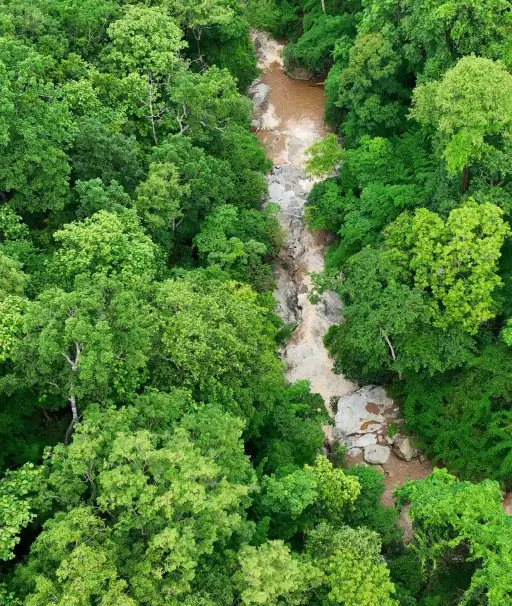
The results are stark
Even in the face of escalating deforestation, species extinction, and illegal wildlife trade, biodiversity rarely breaks into public discourse. In many regions, a single celebrity scandal generated more coverage than an entire year’s worth of biodiversity reporting. This disconnect is not just statistical—it has real-world consequences. What isn’t seen in the media often isn’t funded, legislated, or defended.
In Southeast Asia, the disparity is especially troubling
The region is a global biodiversity hotspot, yet its ecosystems are under relentless pressure from logging, palm oil expansion, infrastructure development, and plastic pollution. Countries like Indonesia, Malaysia, and the Philippines continue to lose mangroves, seagrasses, and tropical forests at alarming rates—habitats essential not just for wildlife, but for climate resilience, livelihoods, and cultural heritage. Despite this, biodiversity stories rarely make the front page unless they are framed around tourism or crisis events like mass die-offs.
This silence is partly due to the complexity of biodiversity as a media topic. Unlike climate change, which offers global metrics and clear targets like net-zero, biodiversity loss often unfolds locally and gradually. It is harder to capture in soundbites or hashtags. And it lacks the celebrity endorsements and urgent framing that have made climate change more visible. Yet the two crises are deeply intertwined: biodiversity underpins carbon storage, food systems, and public health. Losing species is not just a tragedy of nature—it is a risk multiplier for everything from zoonotic diseases to economic instability.
At One Atmosphere Southeast Asia, we see an opportunity—and a responsibility—to shift this narrative. Climate communications must do more than count carbon; we need more stories that connect people and communities to nature. Media coverage must go beyond documenting destruction to highlighting solutions: the forest communities preserving ancestral lands, the marine biologists restoring reefs, the young climate advocates pushing for nature-based solutions—and crucially, the corporate actors stepping up with science-based commitments.
Companies must help bolster public engagement and move it from sympathy to real action, making biodiversity loss feel as urgent as any viral trend.

Biodiversity is not a background issue
It is the living infrastructure that supports life itself. If the media continues to overlook its decline, the public will too. And by the time it reaches the headlines, it may be too late. Southeast Asia has the stories, the science, and the stakes—it now needs the spotlight. We don’t need less celebrity in our feeds, but we urgently need more nature. Because in the end, no headline is more important than the future of the planet’s living systems.

